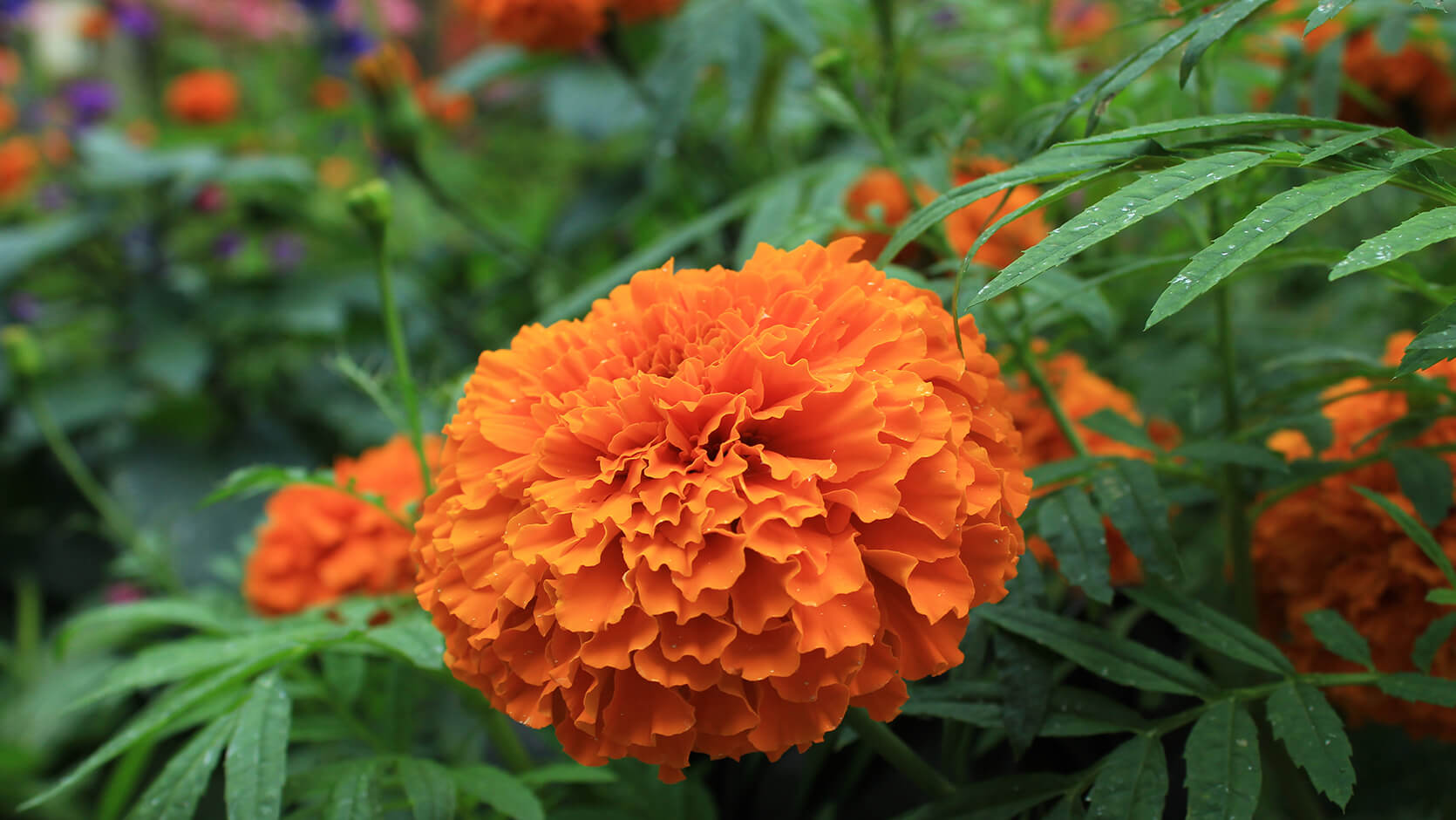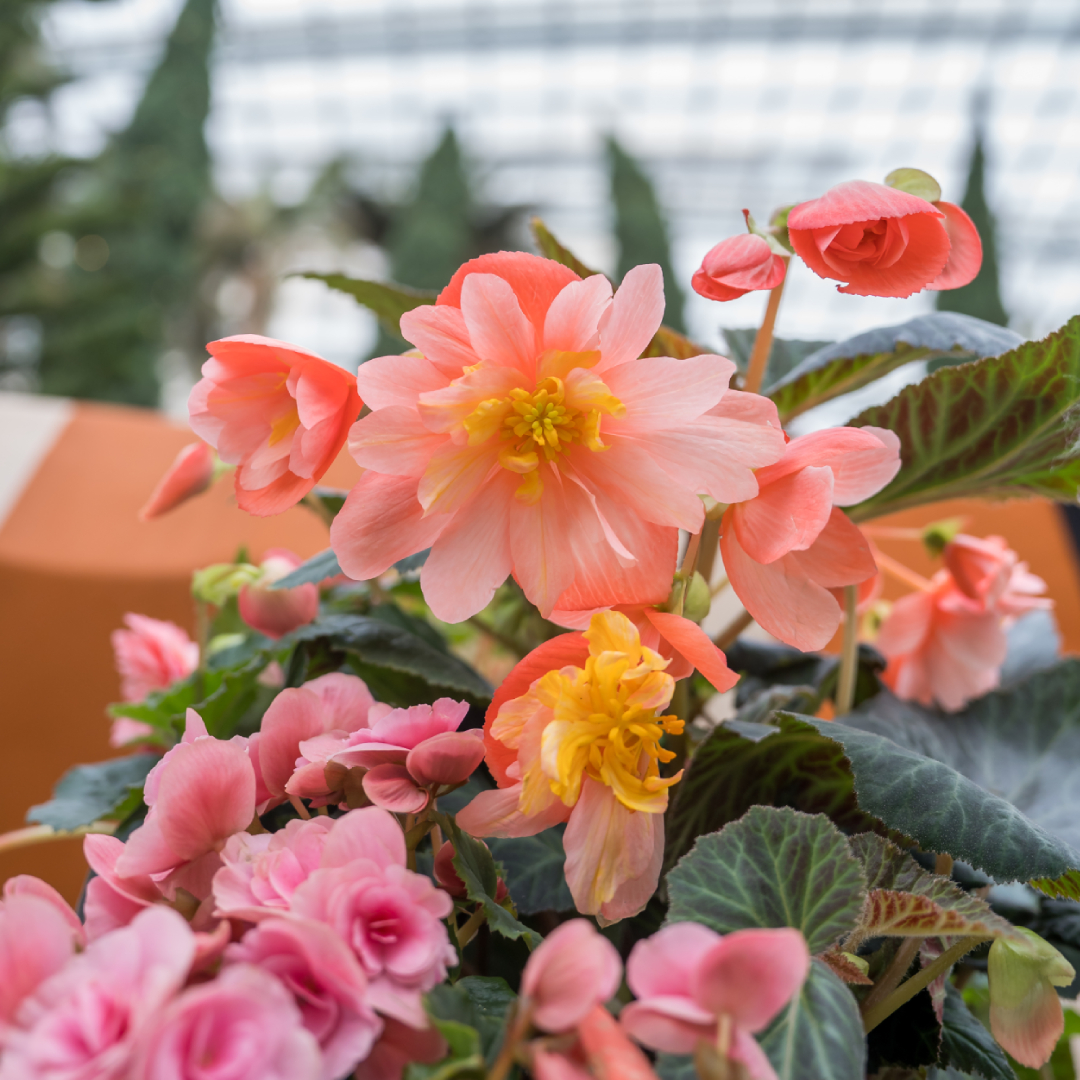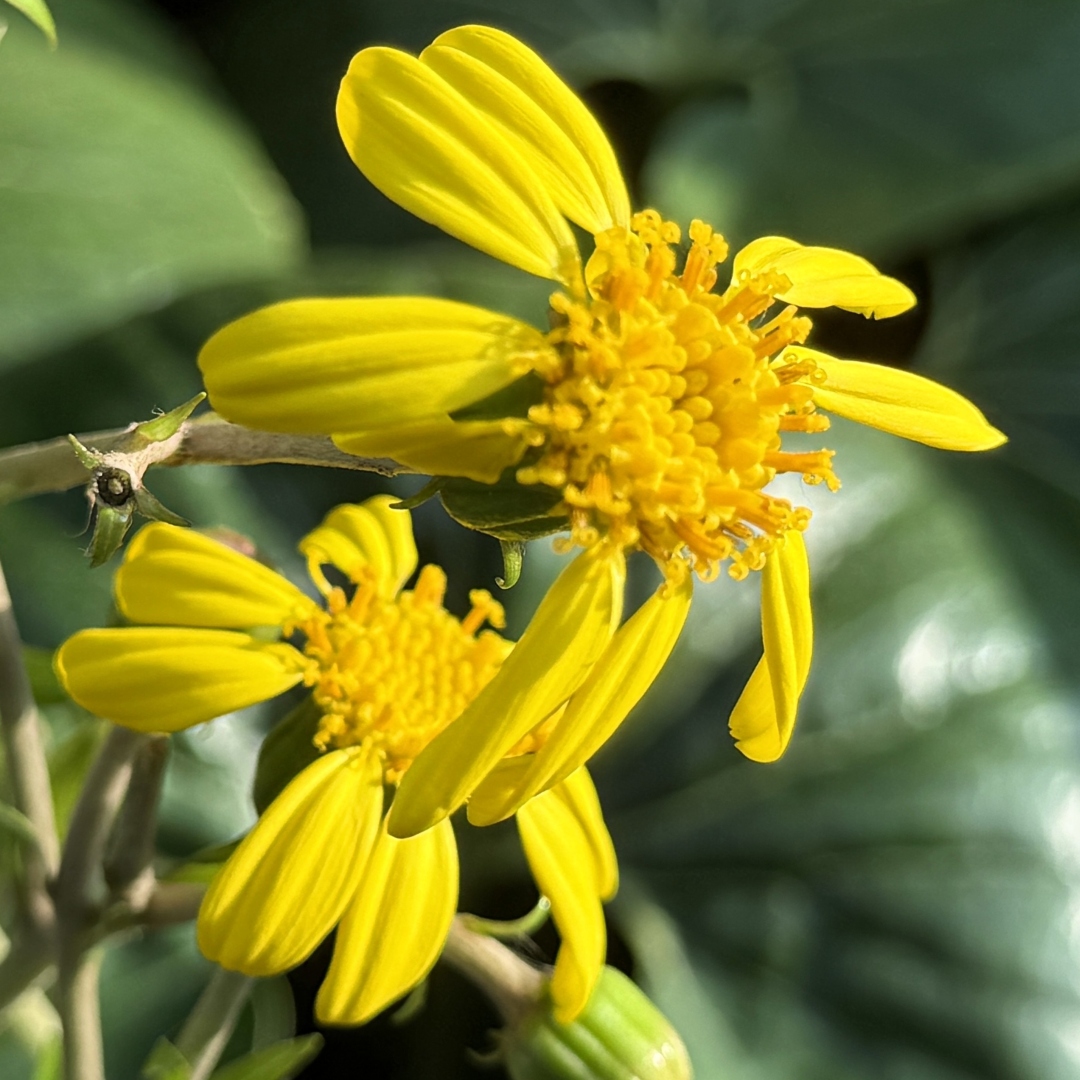Silk Floss Tree (Ceiba speciosa)
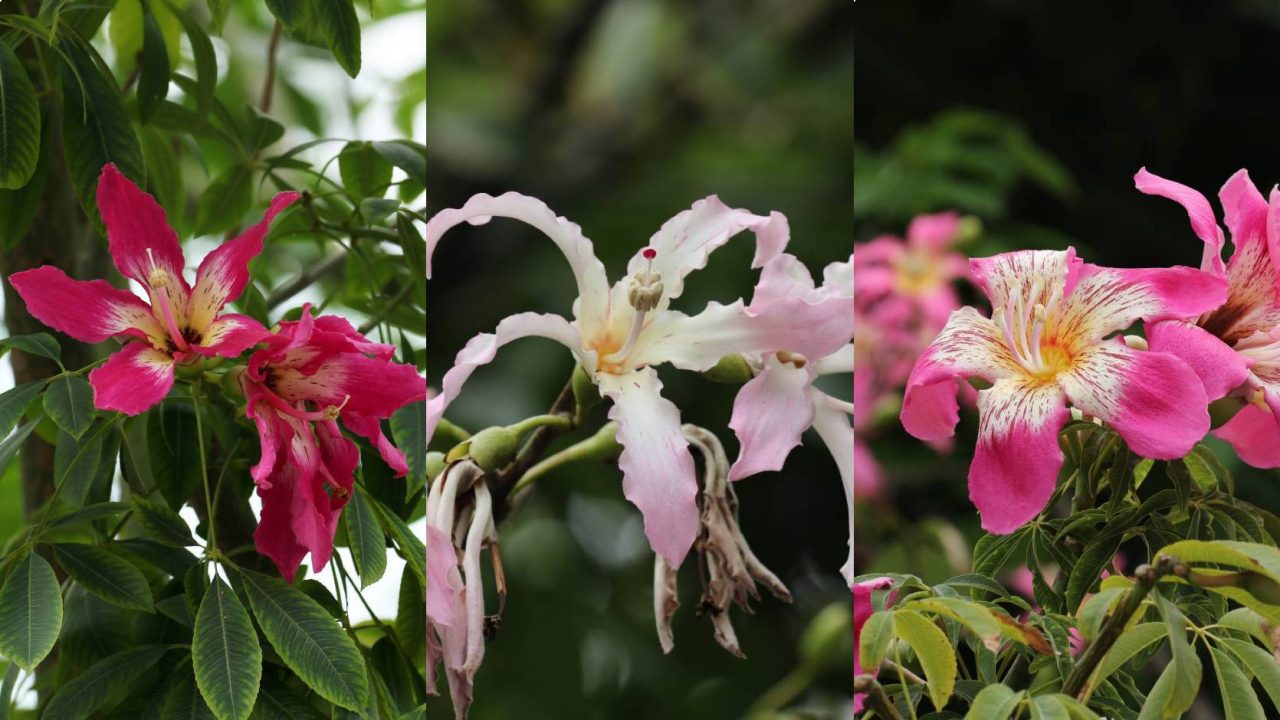 We have several varieties and hybrids of silk floss trees chosen for their flowers in different colours, shapes and sizes.
We have several varieties and hybrids of silk floss trees chosen for their flowers in different colours, shapes and sizes.
The silk floss tree belongs to the Malvaceae - a family of over 4,000 species that includes significant plants such as hibiscus, durian and cacao! This cousin of the kapok tree (Ceiba pentandra) is native to South America, namely Argentina, Bolivia, Paraguay, Uruguay and southern Brazil, and can be found in both dry seasonal forests as well as moist river valleys.
The species epithet ‘speciosa’ means ‘handsome’ or ‘showy’, referring to their flowers that come in shades of white, pink or magenta. Like the kapok tree, the fruits of the silk floss tree are dehiscent capsules that split to reveal cotton-like fibres which float away on the wind, spreading the round, black seeds embedded therein. Our silk floss trees have yet to produce any seed pods, unlike the much more fertile variegated kapok trees they are interplanted with.
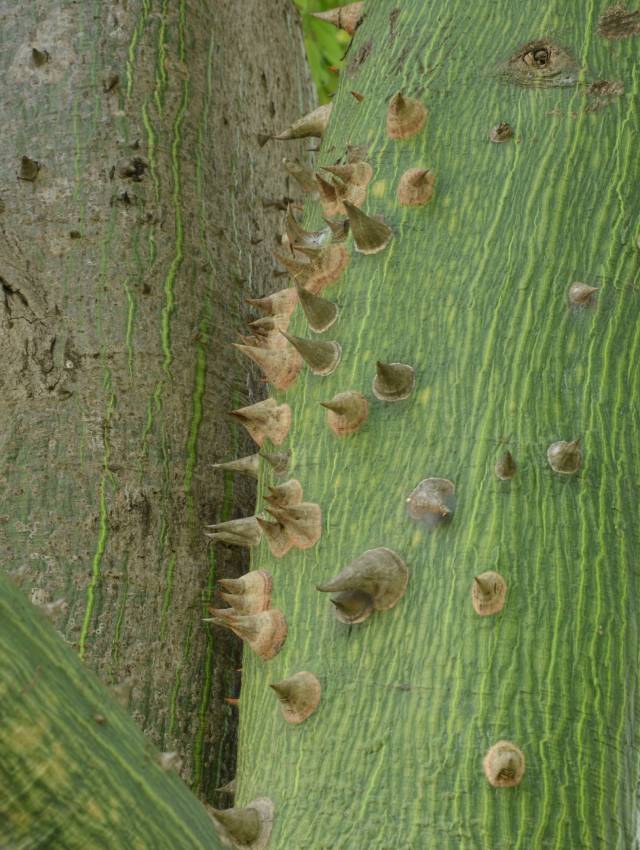 The prickle-covered green trunks on younger trees enable them to continue photosynthesis after shedding all their leaves during the drier months.
The prickle-covered green trunks on younger trees enable them to continue photosynthesis after shedding all their leaves during the drier months.
Do check out these magnificent trees lushly blooming around the Floral Clock, as well as other parts of the garden such as The Canyon and Sun Pavilion.
Written by: Hazri Boey, Senior Horticulturist (Gardens Operations)
Hazri not only surrounds himself with plants at work; he has an abundant collection at home too! Having nurtured a keen interest in nature since young, he might have gone on to become a zookeeper caring for owls or sloths had it not been for his plant identification talent!
